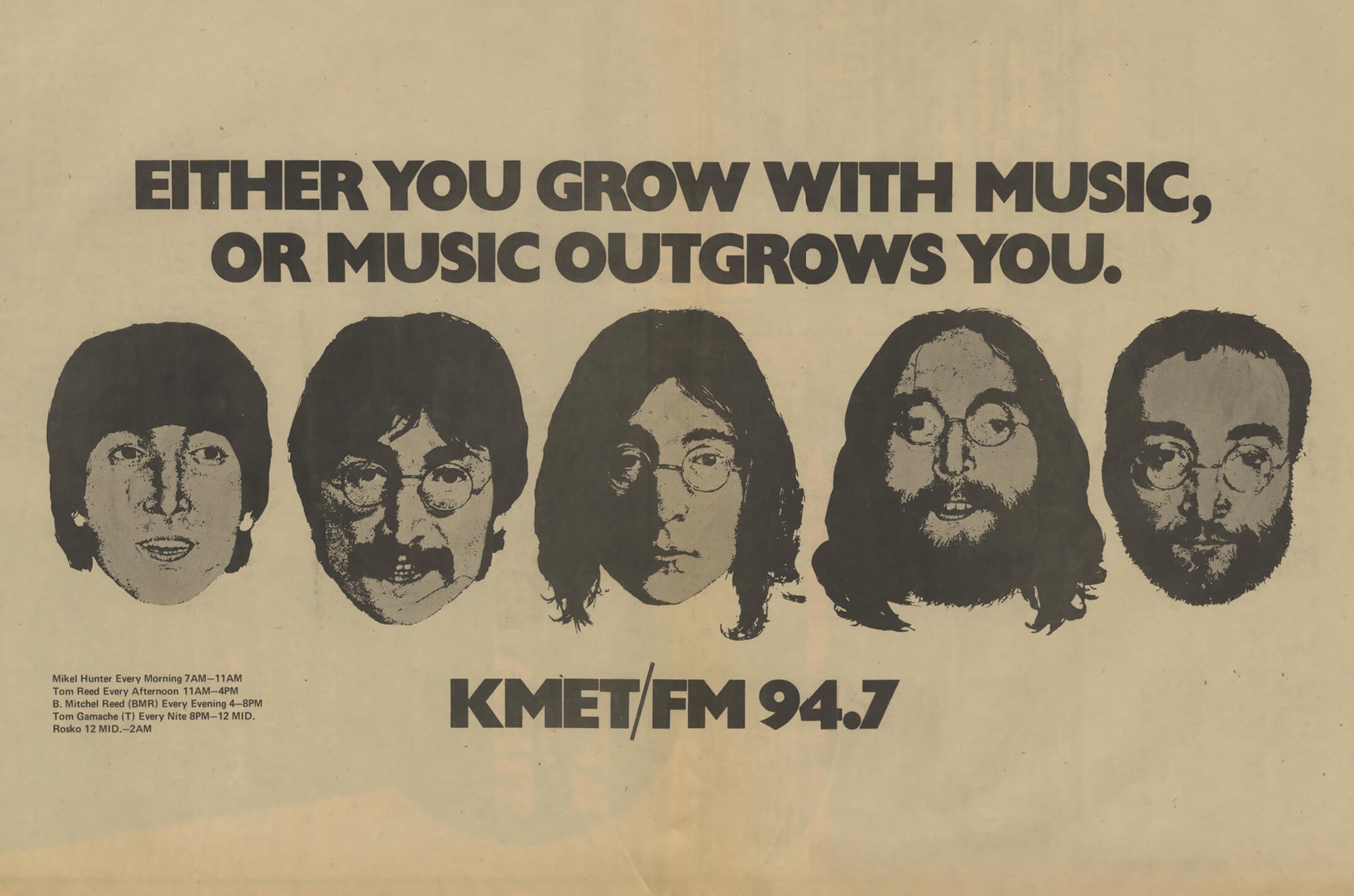Los Angeles Free Press archive
From our vault in Bunkerville, Nevada comes just over 100 issues of the LA Free Press. Spanning 1966 to 1976 — minus a few dozen issues at least — we’ve put together a not-too-shabby collection. Of course we didn’t just stop at the covers. The good stuff was on the inside, and we’ve curated an impressive roster of artifacts throughout the pages.
I wanted to do a weekly in Los Angeles that would be like the Village Voice in New York. You know the paper? Well, I didn’t have any 50,000 bucks like the guy who started the Voice, Norman Mailer and some of his army buddies. I just wanted to start a Voice-type paper here to cover all the things that The Times, for instance, can’t cover or say, because of advertising pressure.
Art Kunkin to Tom Nolan, October 1966.
Longhairs and awkward teens had a choice of reading material in the mid-1960s; Tiger Beat, Teen, True Romance, KRLA Beat, Teen Life, Flip Teen or even Competition Surfer… but those searching for something a bit more subversive with a perceptive edge, there was the Los Angeles Free Press.
The weekly was available at most coffeehouses, clubs or stores such as the Ranch Market. It wouldn’t long before they were hawked on sidewalk corners by attractive, doe-eyed waifs, who may or may not have been wearing sandals.
Founded by former machine repairman Art Kunkin in 1964, the original office was a basement in Al Mitchell’s Sunset Strip coffee house called The Fifth Estate — its home for the first two years.
Their next home on North Fairfax Avenue was subject to a firebombing incident in 1968, which no doubt prompted relocating to Melrose and Vine.
Kunkin sold the first edition by hand for a quarter a copy at the 1964 Pleasure Faire and May Market — a fundraising task sponsored by radio station KPFK.
By 1967, the Free Press was considered controversial and off-beat by mainstream critics — part of the “underground press” movement (though “underground” was an erroneous term — the Free Press was widely available at newsstands and coin machines throughout the city ).
In some corners of the country, the paper gained an unfavorable reputation. Following a piece in the Los Angeles Times West in 1966, a reader from Alabama complained the paper had fallen into the hands of a “beatnik-leftist-free sex element” and referred to the Free Press as a “sleazy, left-wing sheet that constantly opposes our efforts in Vietnam and advocates the usage of marijuana and other odious drugs.”
In 1969, when the "voice of the underground" was profitable, Kunkin received and printed the narcotics agents' names, addresses, and phone numbers. Lawsuits ensued, felony convictions came down (overturned), and out-of-court settlements claimed financial ruin.
The paper endured some more challenging years ahead. While its press run was a formidable 93,000 by the early 1970s, the Free Press was in financial trouble. Kunkin had acquired bookstores (soon closed), a printing company (sealed by the IRS), a typesetting plant, and a publishing company.
Even worse, observers felt the “Freep” had become “dull” and “juvenile.” Kunkin himself noted the paper had lost touch with the “movement” — black, Chicano, women’s lib, gay lib, workers, and students — and vowed to do better.
Hollywood Cycles, 1967
Ownership was also in question. On behalf of three investors, attorney Barry Bernstein made an attempt to purchase the paper. Adding to the discord was a staff strike in 1971 following a series of firings and union contract disputes. Kunkin was briefly replaced as editor by Bernstein — though he would resume his position and quash a staff strike.
Whoever was in charge, the masthead listed a new owner: Therapy Productions, run by Marvin Miller. The Covina-based publisher had been convicted three times for mailing obscene material. The battles continued, and Kunkin fought to shed the image that he had become a “bourgeois capitalist at the helm of the Free Press and has made the paper an ego trip, not a community venture.”
June 1968
After Miller foreclosed on the Free Press building, staff members established a new paper, The Staff. It was short-lived.
After being ousted in 1973, Kunkin rose from the ashes with a new weekly called, oddly enough, the Weekly News. The original Free Press, now edited by Jerry Goldberg, had, in Kunkin’s words to the Press Telegram, become “a very bland, provincial paper with city hall muckraking and no concern for alternative lifestyles.”
After further financial stress, Kunkin mainly left the publishing world. While working for Earth Radio News as an interviewer, Kunkin taught journalism at Cal State Northridge. In 1977, he told the Los Angeles Times he had met with Jerry Rubin and Paul Krasner to form another underground paper.
Hustler magazine published Larry Flynt purchased the troubled paper — then owned by New Way Enterprises. Flynt had also looked into snapping up the Hollywood Star but backed out.
1975.
The brazen smut peddler and born-again Christian enlisted Krasner as editor (replacing Jay Levin). Kunkin was writing for a new alternative paper that began that year, the L.A. Weekly, founded by Jay Levin.
Kunkin remained busy in the late-1990s as the publisher of The Big Issue, as well as teaching meditation. In 1998, spurned on by the November elections, Kunkin resurrected the Free Press. The revival was short-lived.
After moving to Salt Lake City and later settling in Joshua Tree, Art Kunkin passed away in 2019.






